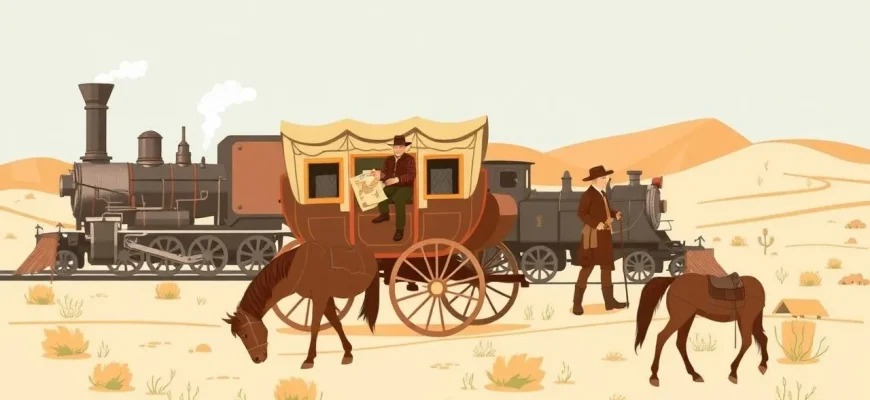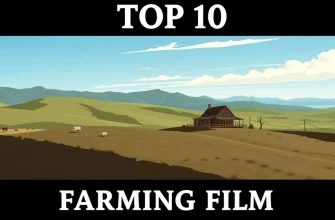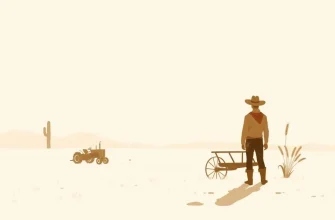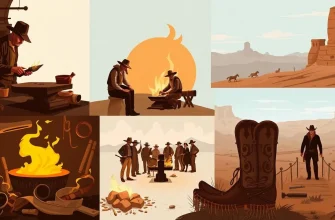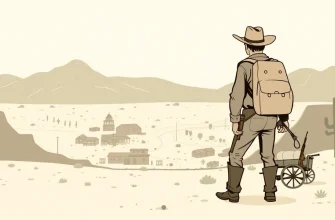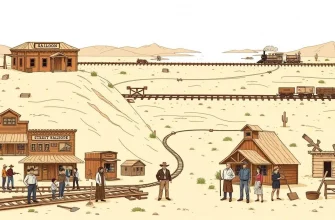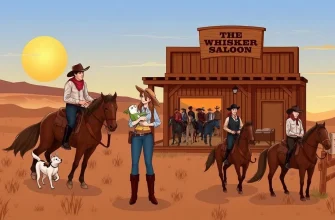The Wild West is often portrayed as a land of rugged individualism, where the horse was king. However, the era was also marked by the advent of new forms of transportation that transformed the landscape and the stories told within it. This curated list of 10 western films highlights the significance of transport, from stagecoaches to steam engines, in shaping the narratives of the American frontier. Each film not only showcases the evolution of travel but also weaves it into the very fabric of its plot, offering a unique perspective on the genre.
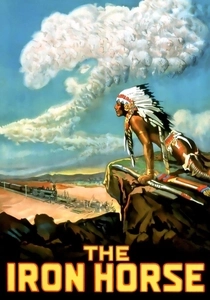
The Iron Horse (1924)
Description: This epic silent film tells the story of the building of the first transcontinental railroad, showcasing the monumental effort and the cultural clash that ensued. The train symbolizes the unstoppable march of progress across the West.
Fact: The film was a massive production for its time, with over 3,000 extras and 1,000 horses used in the filming.
 Watch Now
Watch Now 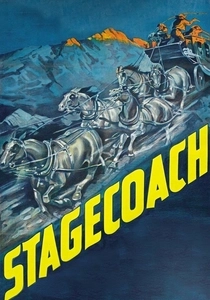
Stagecoach (1939)
Description: This classic John Ford film is a quintessential western where a stagecoach journey through dangerous Apache territory becomes a metaphor for the journey of America itself. The stagecoach, with its diverse passengers, represents the melting pot of the West.
Fact: The film was John Wayne's breakout role, and it revitalized his career. It was also one of the first films to use location shooting extensively, setting a new standard for westerns.
 Watch Now
Watch Now 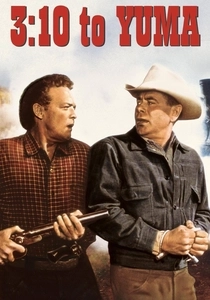
3:10 to Yuma (1957)
Description: In this film, a rancher agrees to escort a notorious outlaw to the 3:10 train to Yuma, where he will be taken to prison. The train becomes a symbol of justice and the inevitable march of time.
Fact: The film was remade in 2007 with Russell Crowe and Christian Bale, showcasing the enduring appeal of the story.
 Watch Now
Watch Now 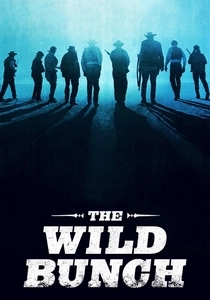
The Wild Bunch (1969)
Description: This Sam Peckinpah classic features a group of aging outlaws planning one last heist, which involves a train robbery. The train symbolizes the end of an era, as the outlaws face the modern world encroaching on their way of life.
Fact: The film's graphic violence was groundbreaking at the time, leading to debates about the portrayal of violence in cinema.
 Watch Now
Watch Now 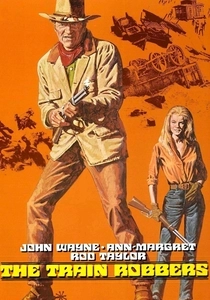
The Train Robbers (1973)
Description: John Wayne stars in this tale of a group hired to recover a fortune in gold from a train robbery. The train, both as a target and a means of escape, is central to the film's action and tension.
Fact: The film was shot in the scenic locations of Durango, Mexico, which added authenticity to the western setting.
 Watch Now
Watch Now 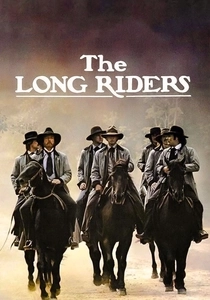
The Long Riders (1980)
Description: This film focuses on the James-Younger Gang, with real-life brothers playing the outlaws. A significant plot point involves a train robbery, showcasing the gang's daring exploits and the era's transportation.
Fact: The film cast actual siblings to play the outlaws, adding a unique layer of realism to the portrayal of family dynamics.
 Watch Now
Watch Now 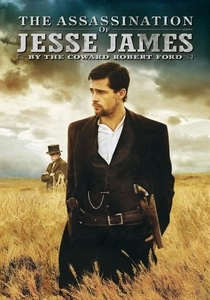
The Assassination of Jesse James by the Coward Robert Ford (2007)
Description: While not exclusively about transport, the film features a pivotal train robbery scene that underscores Jesse James' notoriety. The train becomes a stage for his final act of defiance.
Fact: The film's cinematography was highly praised, with Roger Deakins earning an Academy Award nomination for his work.
 Watch Now
Watch Now 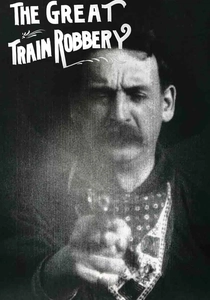
The Great Train Robbery (1903)
Description: While not a traditional western, this silent film is pivotal for its portrayal of a train heist, setting the stage for many westerns to come. The train, as a symbol of progress, becomes the target of outlaws, highlighting the clash between old and new.
Fact: It's considered one of the earliest narrative films, and its innovative use of parallel editing and close-ups influenced the development of cinema.
 30 Days Free
30 Days Free 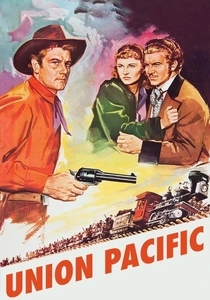
Union Pacific (1939)
Description: This film dramatizes the construction of the Union Pacific Railroad, focusing on the rivalry and romance that unfolded as the tracks were laid. The train is not just a means of transport but a character in its own right, driving the plot forward.
Fact: It was one of the first films to use Technicolor, bringing the vibrant colors of the West to life.
 30 Days Free
30 Days Free 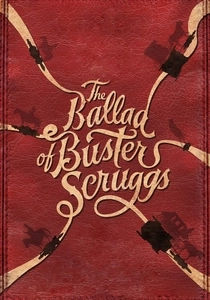
The Ballad of Buster Scruggs (2018)
Description: This anthology film by the Coen Brothers includes a segment titled "The Gal Who Got Rattled," where a stagecoach journey plays a crucial role in the narrative, highlighting the perils and unpredictability of travel in the West.
Fact: The film was nominated for three Academy Awards, including Best Adapted Screenplay, showcasing the Coen Brothers' unique take on the western genre.
 30 Days Free
30 Days Free 
